Beyond the disco
Supporting vibrant communities by reimagining the night time economy
“Going out at night”…this phrase can conjure up different images and perceptions. Typically these words more times than not are correlated with images usually involving dining, drinking and perhaps performances.
The phrase “Going out at night” however, when linked to the night time economy extends way beyond just the ‘having fun’ sector.
The recent NEON conference held in Sydney bringing together global economic, community development and placemaking experts provided a deeper insight into the night-time economy and a reframing for cities and towns and the communities and businesses within them. With large cities employing night time mayors and having dedicated task forces looking at this sector it's time to look beyond the ‘having fun’ sector.
We need to consider the night-time economy ecosystem
Who makes up the night-time economy?
The night-time economy is really no different from the day-time economy so we need to think of it more as an ecosystem. For example in the following industries:
Hospitality - including hotels, bars, restaurants
Entertainment - performing arts, music, cinema
Health - hospital, pharmacies, gyms
Retail - groceries, service stations
Transport- public transport, on demand drivers
Then there are people experiencing the services and activities at night - whether it is going out for a meal, hanging out in public areas with friends, attending a gig or walking through the public spaces of a city sightseeing. And finally there are those traveling to and from work via public transport and independently.
Importantly, their needs are no different to those when the sun is shining.
Planning the night time economy requires consideration
Driving and planning the night-time economy takes coordination and collaboration. - it requires input from government, industry, local authorities and residents. It needs the night-time economy ecosystem working together to ensure an optimal delivery - whether they be festivals to attract visitors, to manage rubbish or noise created from a busy restaurant precinct, or ensuring all people can feel confident, connected and safe at night. As shown in the above diagram in the outer circle there are a lot of influencing factors that can be drivers of the night time economy.
An example of productive and positive collaboration across the night-time economy ecosystem is London led by the Night Czar of London (I know who wouldn’t love to have that title!) Amy Lame. Her role is to ensure London thrives as a 24 hour city through partnerships with night time industries, local authorities, the Metropolitan Police, Transport for London and the public. Working to help London for the night the same way it plans for the day, understanding that a third of London’s workforce work at evening and at night.
Closer to home there is significant rethinking needed to fully activate and optimise the night-time economy.
In my local regional area, one hour from Sydney by train, trains stop from midnight until 4am. This makes it really hard for those who would like to live a regional lifestyle but their work is in the evening (e.g. hospitality, police, health and emergency services).
Alternatively consider a delivery driver. Let’s say you were a delivery driver who makes deliveries to shopping centres throughout the night to make sure everyone during the day has groceries? What if this delivery driver needed to use a toilet? Public toilets in many areas close on ‘dark’, likewise with regards to petrol stations especially in regional areas.
Steps to activating a night-time economy:
Activating the night time economy requires a focus and coordination of all parts. It involves understanding what is happening now and having a clear goal. There is no one size fits all outcome - it's about making sure the night belongs to everyone.
Understand what currently exists and who your ecosystem is. Undertake town city audits and get to know your key stakeholders. Go out at night and get a feel for your cities and villages and understand what it is really currently like.
Research and look at resident and worker profiles to understand who is out at night and at economic profiling data to understand what is happening.
Look for positive ways to form collaborative partnerships with all stakeholders - don’t forget residents and emergency services so everyone has a voice. Look at governance frameworks to make these partnerships not reliant on personalities or relationships.
Look beyond the alcohol led night time activities and look for opportunities to increase and diversify current offerings. Look at all factors that affect all people in the ecosystem.
Plan and write strategies for the night that are just like the day. Look at the whole of the ecosystem and take into account all their needs. And, think about what works best for your region to showcase its unique personality - placemake for the residents and current users to attract visitors.


